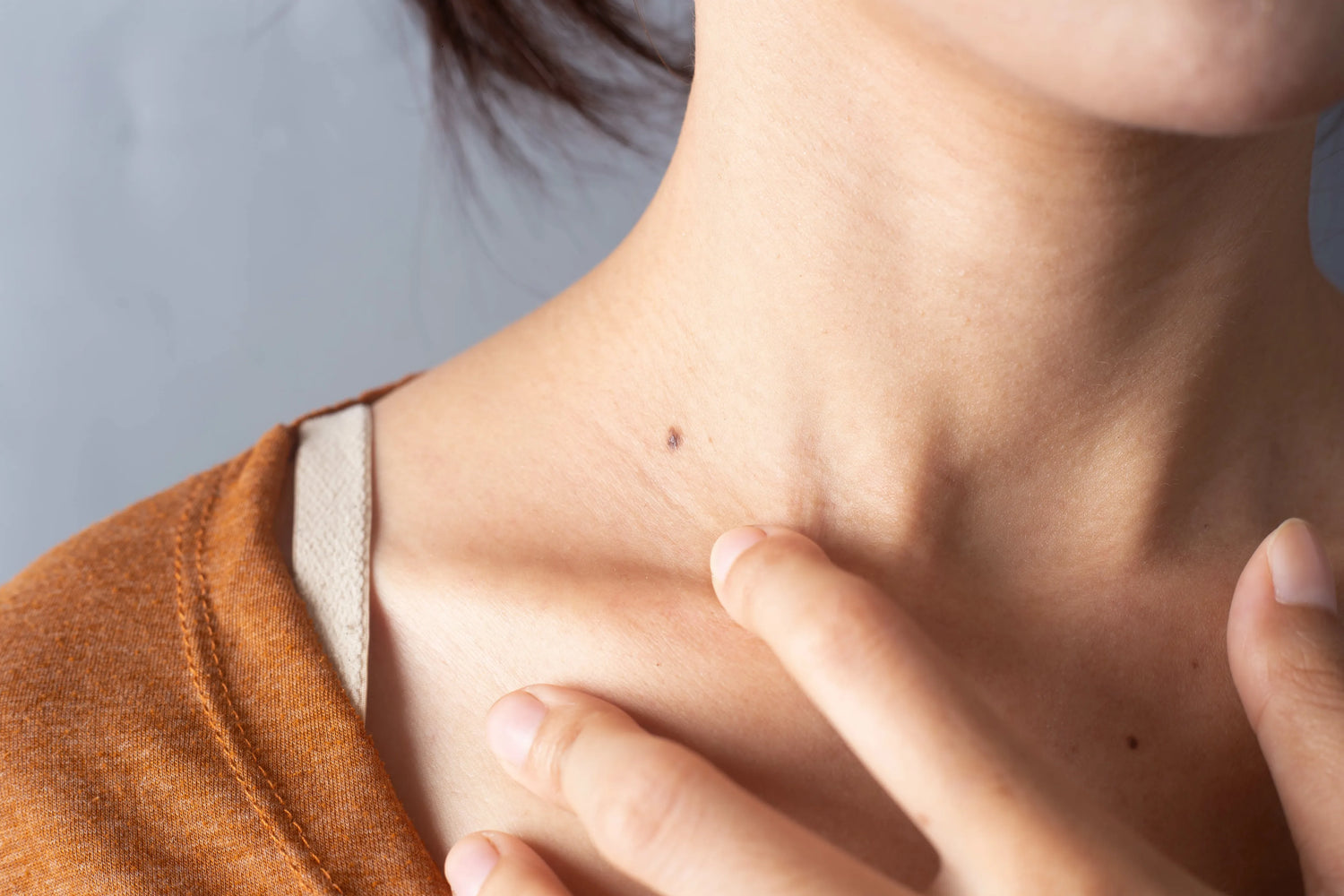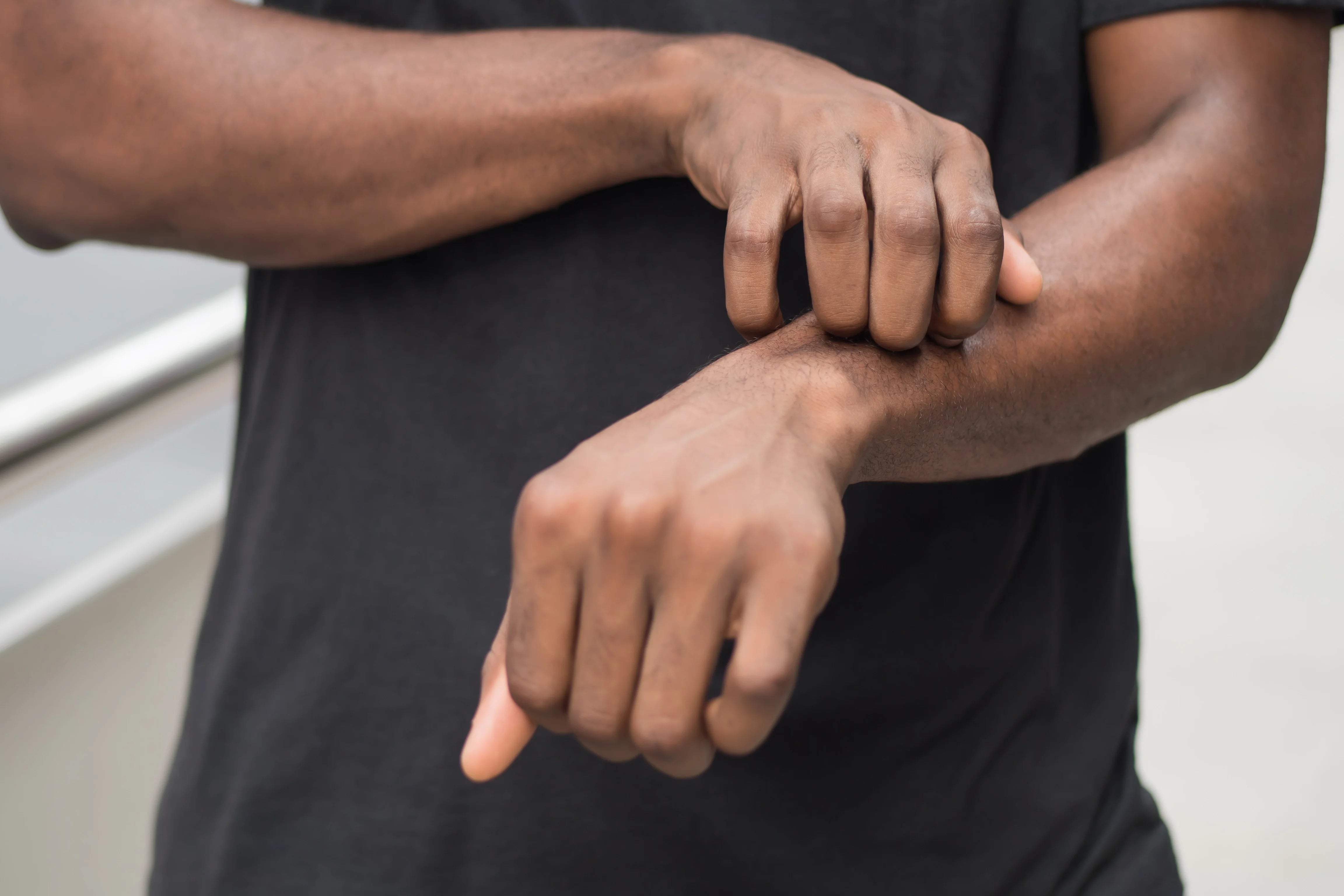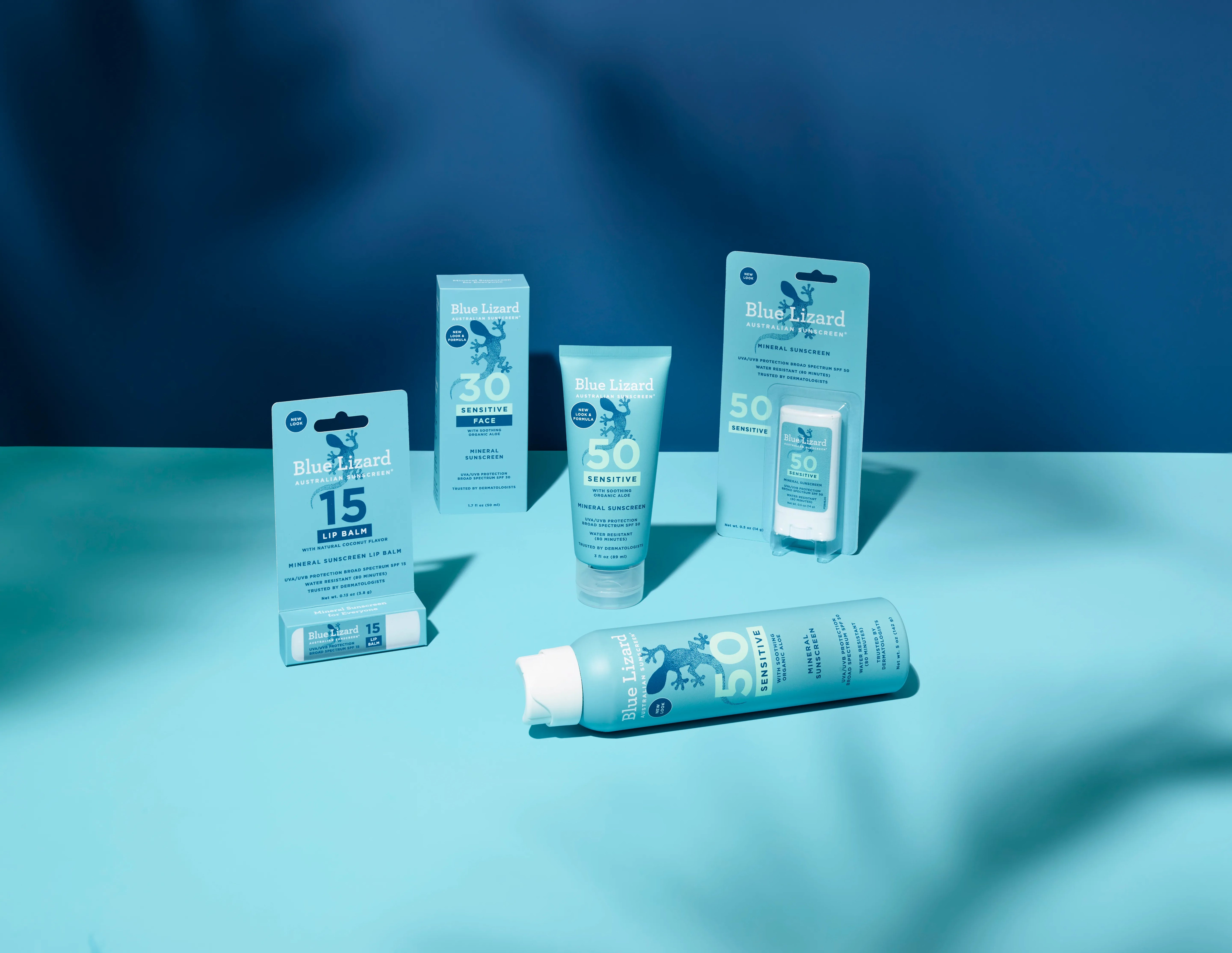Getting out of the shower, you notice that a mole on your upper left arm looks like it has grown in size and it is bleeding a little. To be safe, you make an appointment with a dermatologist to get it checked out. The doctor removed the mole and now you’re waiting for the results of the biopsy. You are very anxious and worried, but aren’t sure if you’re just overreacting.
When are moles normal and when should you get one examined by a dermatologist?
Moles can come in a wide variety of shapes, sizes and colors. They usually appear during childhood and adolescence and most are harmless. However, in some cases the mole can become cancerous and develop into skin cancer – either basal cell, squamous cell or the more dangerous melanoma. If caught early, all three types of skin cancers, even melanoma, have a high cure rate. If not detected early, the cancer can spread and metastasize to other parts of the body, making successful treatment more difficult.
It’s always a good idea to see a doctor anytime you notice a mole changes. Remember the ABCs of moles to determine when to seek medical help:
° A for asymmetrical shape
° B for borders (irregular)
° C for multiple colors
° D for diameter bigger than a pencil eraser
° E for evolving, changing or new.
Moles are removed surgically, but it is usually a simple in-office procedure. After a suspicious mole is removed, it is sent to a lab for examination. There is usually little or no pain after the procedure. Expect a small scar where the mole was removed that will fade with time, but there are also many treatments available to minimize it, such as lasers, creams, gels and cortisone injections.
It will take a few days for the lab to get the biopsy results and then your doctor’s office will call you with the results. If the biopsy results indicate skin cancer, your doctor will determine the stage and devise a treatment plan for you. The goal will be to excise all the cancer cells from the location and then determine if it has spread. This may mean further excision of the skin and any surrounding lymph nodes, depending on the type of skin cancer and the stage.
There are many things you can do to minimize your risk of skin cancer. Wearing sunscreen with SPF 50 when outdoors is one of the most important. Also, performing a self skin check at least once a month can help you stay on top of any mole changes on your body – don’t forget to check your scalp, bottoms of your feet and palms of your hands, and have a partner check other areas you cannot easily see yourself, such as your back. You should also schedule an annual mole check with a dermatologist. Remember, the key to beating skin cancer is early detection, so be sure to make an appointment with a dermatologist if you see any suspicious moles on your body. It’s always better to be safe than sorry.








